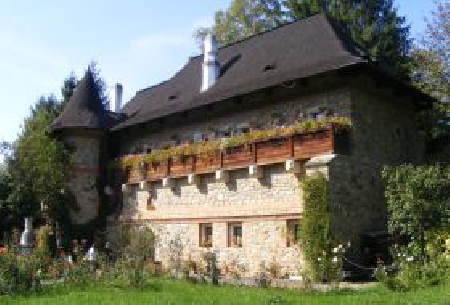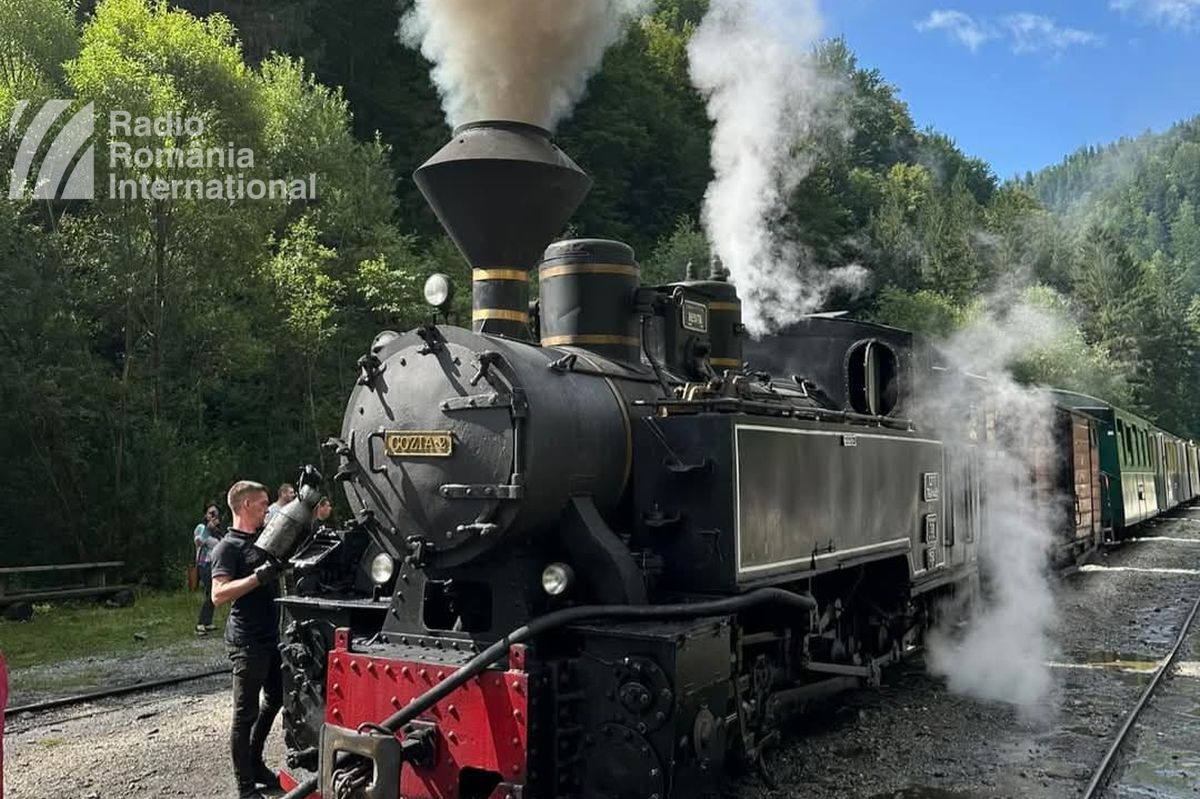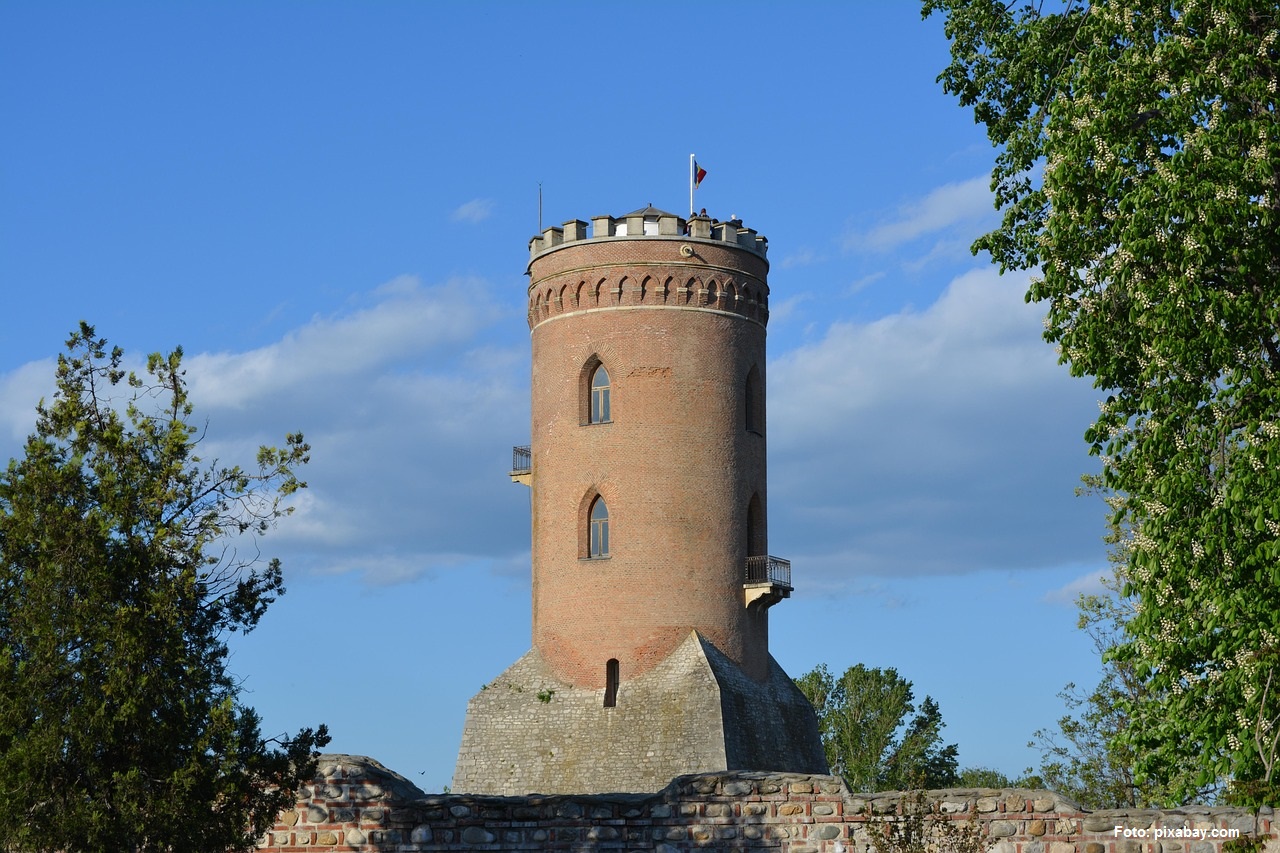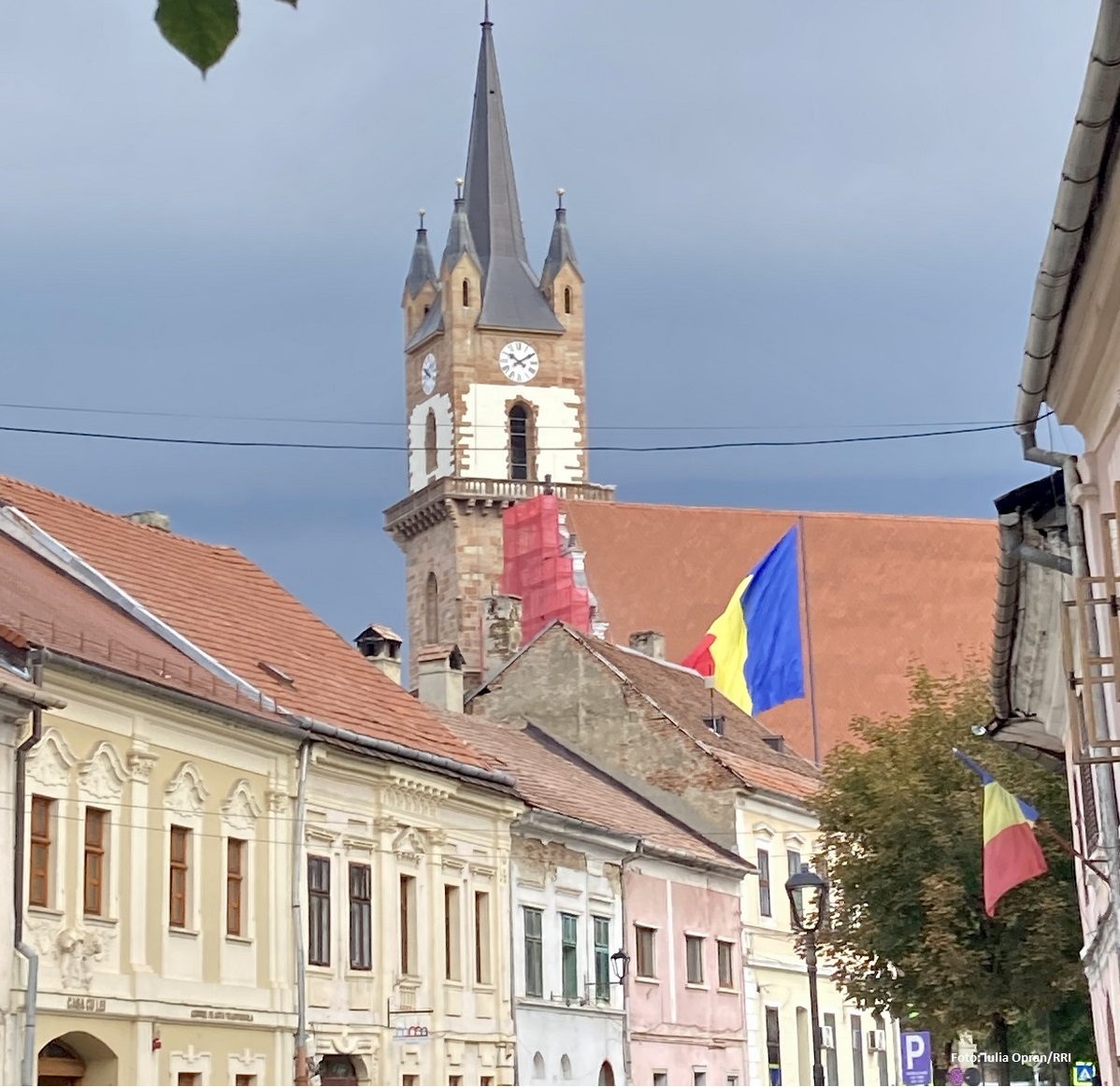Romanian Monasteries – Religion and Art
The best-known monasteries in Romania are in the north of the country,

Eugen Cojocariu, 29.04.2012, 16:38
These old places of worship keep legends alive, and beyond legends, a rich history brought to light by the tireless effort of archeologists, historians, architects and experts from the field of art and culture. We also extend an invitation to people transiting Romania to make a stopover and visit these unforgettable places in our country. We make the first stopover in northern Moldavia. The first monastery whose doors we open for you today is Moldovita.
The painted church of this monastery has been put on UNESCO’s world heritage list. One of the nuns of the monastery will accompany us on a tour of this monastery, which was built in 1532 during the reign of Petru Rares. She will present to us several exhibits put on display at the museum, starting with the exceptional tourist destination trophy granted by the International Federation of Journalists and Writers in Tourism, FIJET.
Nun: ”We have put on display the ‘Golden Apple’ award which has been granted to five monasteries with interior and exterior mural paintings: Moldovita, Sucevita, Arbore, Humor and Voronet. It was offered in 1975. Near this trophy, we have put on display a 17th century triptych, two epitaphs, woven with golden and silver threads. One of them was offered by ruler Stephen the Great. The original throne belonging to Petru Rares, dating back to the 16th century, which is made of sycamore maple wood and carved in Moldovan style, is also put on display. You can also see a book of psalms in Slavonic handwritten by bishop Ifrim with a goose quill, on a parchment, two lecterns, religious books, a triptych in Slavonic, a music book and old coins, discovered on the premises of the monastery. There is also a Gospel in Slavonic, donated by Czarina Ecaterina II of Russia, in the 18th century. Icons painted on wood in the 17th-18th centuries are also on display.”
Another gem of architecture, Rohia monastery, is also in the north, in Maramures, which is another famous tourist region with a rich history. It is located in a breathtakingly beautiful area, on the top of a hill, at an altitude of 550 meters, in a beech and oak forest. There we were met father Macarie Motogna.
Macarie Motogna:” You can visit the library of the monastery, which boasts 40,000 volumes from various fields: theology, history, medicine, philosophy and literature. The books are written in various languages, and the library was initially arranged by father Nicolae Steinhardt (a prominent Romanian writer, literary critic and legal scholar, who lived between 1912 and 1989). Another interesting place to see is the chapel of the monastery, where you can see an exceptional iconostasis depicting truly special scenes, not only religious scenes, but also portraits of men of culture and historical personalities.”
Tourists to eastern Romania, namely Buzau county, be they pilgrims, art or history lovers, make a stopover at the Ciolanu Monastery. Situated some 40 km off Buzau, the capital of the county with the same name, the monastery has been documented as early as the 16th century and boasts two churches situated a small distance from one another. There, you can visit not only the churches, but also a museum, where you can admire 200-year-old icons. It is a monastery for monks, and an ideal place for meditation. Abbot Filaret Urse has further details:
Abbot Filaret Urse:”First of all, the Ciolanu monastery has been open to visitors from its very beginning. It has never been closed, irrespective of the political regimes that succeed each other. One of the specific elements of the monastery, which I am glad to share with you, is that our Holy Liturgy has continued uninterrupted since the monastery was built. There are two churches on the premises. The upper church was built 450 years ago by order of a prince. Its patron saint is St George. It is the smaller church of the monastery. It has not been preserved unaltered, and has undergone changes along the years. The second church, the big one, is situated lower down, and its patron saints are St Apostles Peter and Paul. It was built by order of bishop Chesarie Capatana, between 1825 and 1828. The painting work took two years to complete.”
If you visit Buzau, don’t miss the Ratesti monastery, 30 km off the county seat. The interior is covered by a fresco painted between 1843-1844 by famous Romanian painter Nicolae Teodorescu (1799-1880, uncle to Gheorghe Tattarescu). The collection of old religious books put on display in the hall of the museum is extremely valuable. As early as 1878, there were some 180 volumes in the library. In 1900, the library boasted many manuscripts, the most valuable being a volume dating back to 1780. Nun Amalia from Ratesti monastery has further details:
Nun Amalia:” The church is a historical monument. It was built in just one year, between 1843-1844, by order of bishop Chesarie Capatana, who is the founder of the church. It has the compositional structures of local ecclesiastic architecture, with neoclassical elements, used mainly for decorative purposes. As regards the painting, the scenes which capture the visitors’ attention in particular are those in the narthex, which features scenes depicted in Virgin Mary’s special prayer, and scenes featuring the passions of our Lord Jesus Christ are painted in the nave.”






























